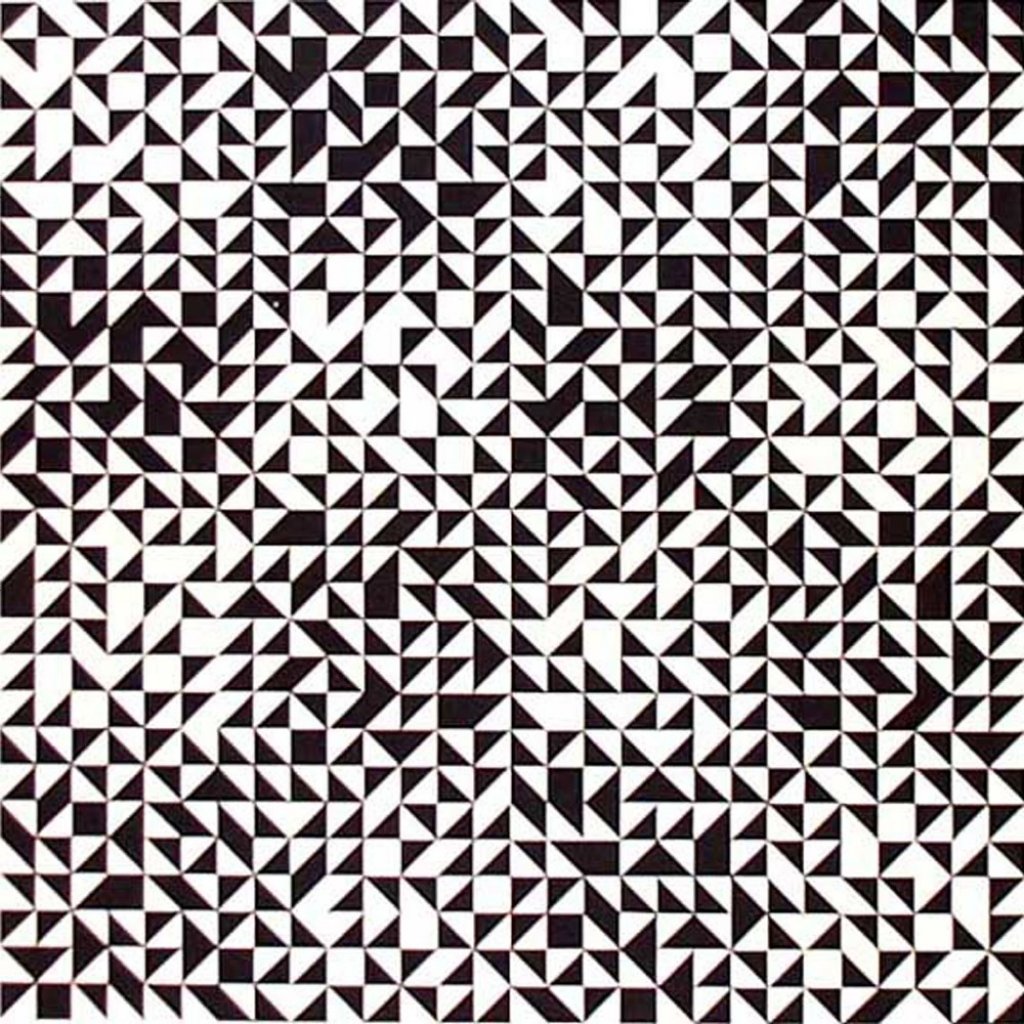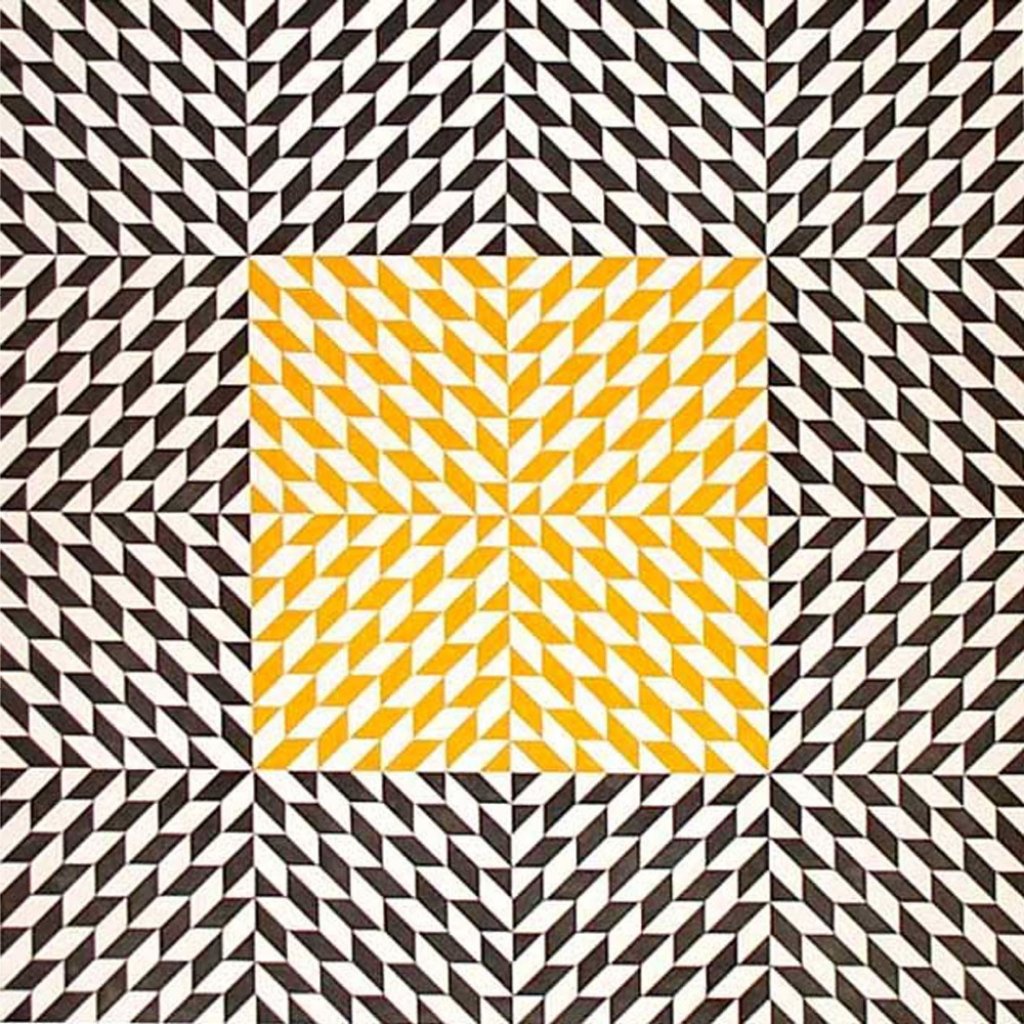These are some geometric patterns I created from my photos of my paper folding. I used Photoshop to repeat and crop down the images to create these patterns. I like the second and forth ones the best as I feel they have created the best pattern. I also experimented with colour in my last one and like this so will try out different colour and shapes to create more of these patterns.
Wednesday, 24 April 2013
My paper folding!
This is my first go at experimenting with paper. I started with different origami tessellations and took inspiration from Matt Shlian, Polly Verity and Richard Sweeney. I used white paper on them all and like the way the white paper creates a clean near feel to them. However I will experiment with different colours and patterns. I like the first piece as I feel it look quite complex and professional was as it isn't that hard. I think I need to improve on my crease making to make sharper edges and work in a cleaner environment to stop the paper getting any stains on them.
Monday, 15 April 2013
Iris Van Herpen
Iris Van Herpen is a fashion designer who's work takes material manipulation to the next level. Her work is truly unique and original, with the over-the-top shapes and sizes of her pieces. She uses many different techniques to create structure within her piece such as pleating and gathering.






Sculptural is a term much often used to describe her work and indeed, the designs can function very well on their own as sculptures, as several exhibitions on her work have proven. However Her work remain wearable as she also has a love for the movement of the body. Van Herpen’s work follow, complete, and change the body and the emotions that accompany it, when simultaneously the body adapts and adopts the new forms. Movement is key. It is of decisive importance for the ultimate design how a moving body reacts on a piece of clothing and, vice versa, how a piece of clothing behaves when worn.
Van Herpen’s uses a lot of technology to help her within her work such as 3D printing which allowed her to be the first to introduce this technology in fashion, and to create astonishing designs with it. Van Herpen became fascinated with the endless design potential of 3D printing. In recent collections she further developed her prints by adding detailed handwork. She collaborates with the Belgian company Materialise NV for the printing of her designs. The 3D prints only added to that other much-heard term to describe Van Herpen’s style: futuristic. Besides the use of new technologies, the term mostly refers to the appearance of her looks. What is very important to realize, though, is that her designs combine new technologies and diligent handwork. In fact, this is characteristic for all Van Herpen’s collections. Exactly this combination of handwork and innovative technologies brings Van Herpen to her edgy designs. She equally values techniques from the past and techniques and technologies of the future, because they have their own power and beauty that, when rightly combined, can be enhanced instead of being substituted by one another.
Nawal Gebreel
Nawal Gebreel is an amazing textile artist who is motivated by manipulating materials to create new and unique techniques and looks. She works with a range of colourful fabrics and creates sculptural pieces some wearable such as neckwear.


She uses a variety of techniques to produce pieces of great originality and visual appeal. Nawal employs sumptuous fabrics and colours to luxurious effect. Nawal's work is made individually with a variety of techniques, including screen-printing, hand pleating and fabric manipulation.
Nawal draws inspiration from geometric forms, Japanese "shibori" and paper-folding. Her work incorporates her own original creative interpretations of the arts and is always looking to innovate new techniques in fabrics and textiles. Being lucky enough to travel to Afghanistan and many other exotic places Nawal was able to put her experiences and extensive training to use as an innovative textile designer specialising in fabric manipulation and print.
Indeed Nawal said fabric manipulation is her passion, and given any fabric or table napkin she is often tempted to see what effects she can produce. Nawal makes a prototype by folding, stitching and steaming the fabric and then the individually named designs evolve by being tried out in front of mirrors and friends until it feels right.
Anni Albers
Anni Albers




Anni Albers was a German-American textile artist and printmaker, the best known textile artist of the 20th century. Albers worked primarily in textiles and, late in life, as a printmaker. She produced numerous designs in ink washes for her textiles, and occasionally experimented with jewellery. Her woven works include many wall hangings, curtains and bedspreads, mounted "pictorial" images, and mass-produced yard material. Her weavings are often constructed of both traditional and industrial materials, not hesitating to combine jute, paper, and cellophane, for instance, to startlingly sublime effect.
Albers unique textiles work is influenced by properties of light reflection, sound absorption, durability, and minimized wrinkling and warping tendencies. Her later printmaking etchings and lithographs in the 70s comprised of geometrical prints with triangular articulations loosely reminiscent of creased origami patterns on paper. The geometric shapes and proportion of colour within her work are aesthetically exciting, especially the details within the weaves themselves as well as the paper designs.
I will take inspiration from repeated use of shapes which create geometric patterns. I will try and create these shapes and pattern with folds and creases.




Anni Albers was a German-American textile artist and printmaker, the best known textile artist of the 20th century. Albers worked primarily in textiles and, late in life, as a printmaker. She produced numerous designs in ink washes for her textiles, and occasionally experimented with jewellery. Her woven works include many wall hangings, curtains and bedspreads, mounted "pictorial" images, and mass-produced yard material. Her weavings are often constructed of both traditional and industrial materials, not hesitating to combine jute, paper, and cellophane, for instance, to startlingly sublime effect.
Albers unique textiles work is influenced by properties of light reflection, sound absorption, durability, and minimized wrinkling and warping tendencies. Her later printmaking etchings and lithographs in the 70s comprised of geometrical prints with triangular articulations loosely reminiscent of creased origami patterns on paper. The geometric shapes and proportion of colour within her work are aesthetically exciting, especially the details within the weaves themselves as well as the paper designs.
I will take inspiration from repeated use of shapes which create geometric patterns. I will try and create these shapes and pattern with folds and creases.
Subscribe to:
Posts (Atom)

















